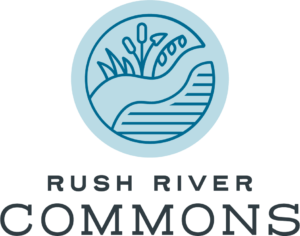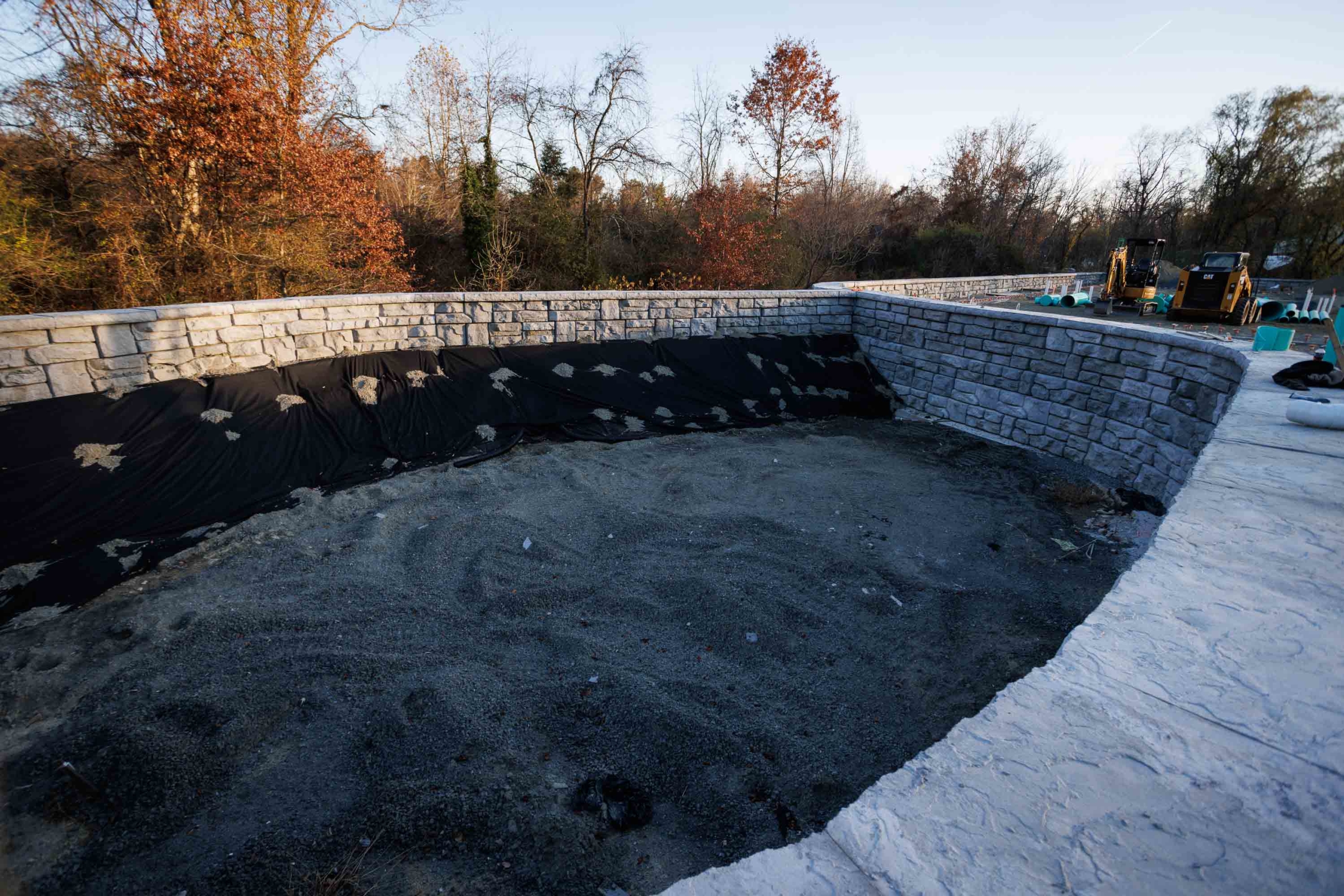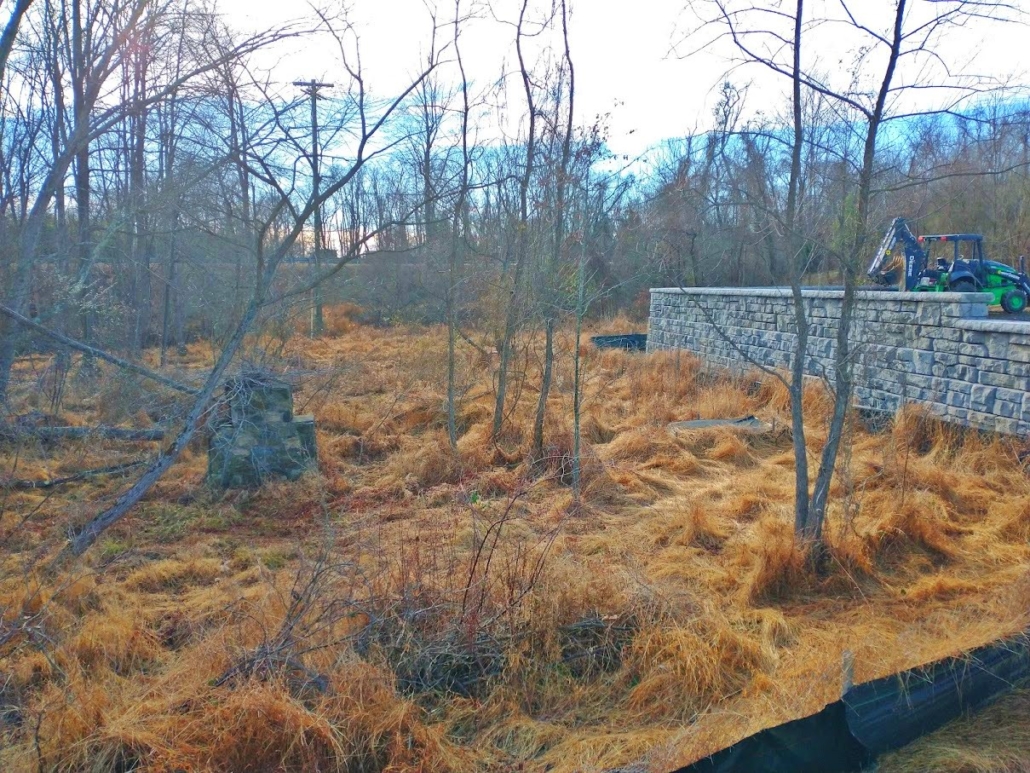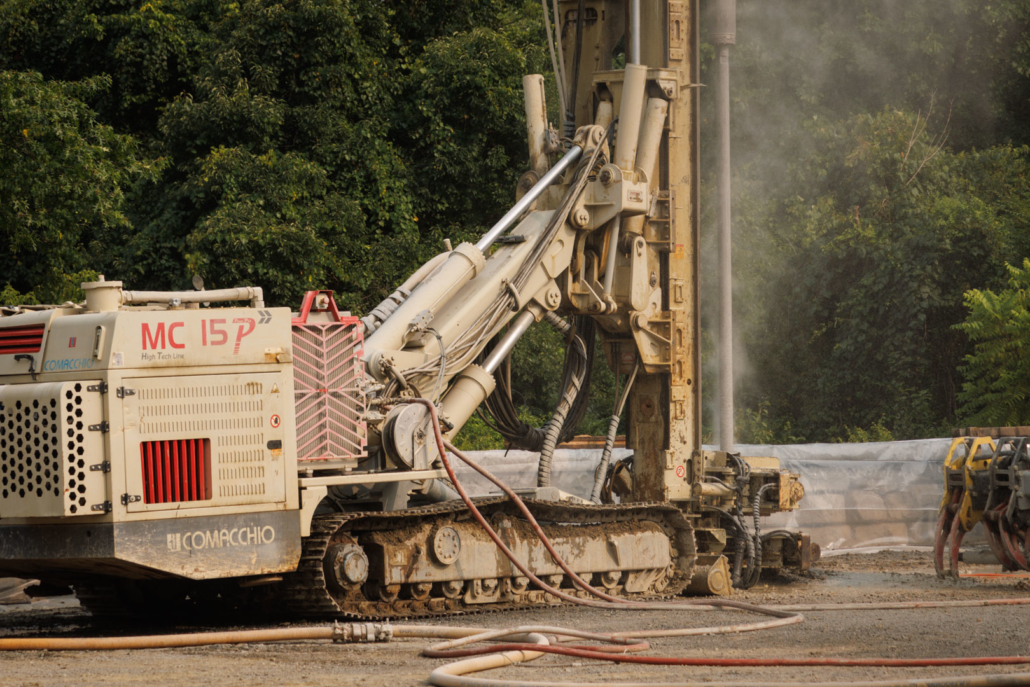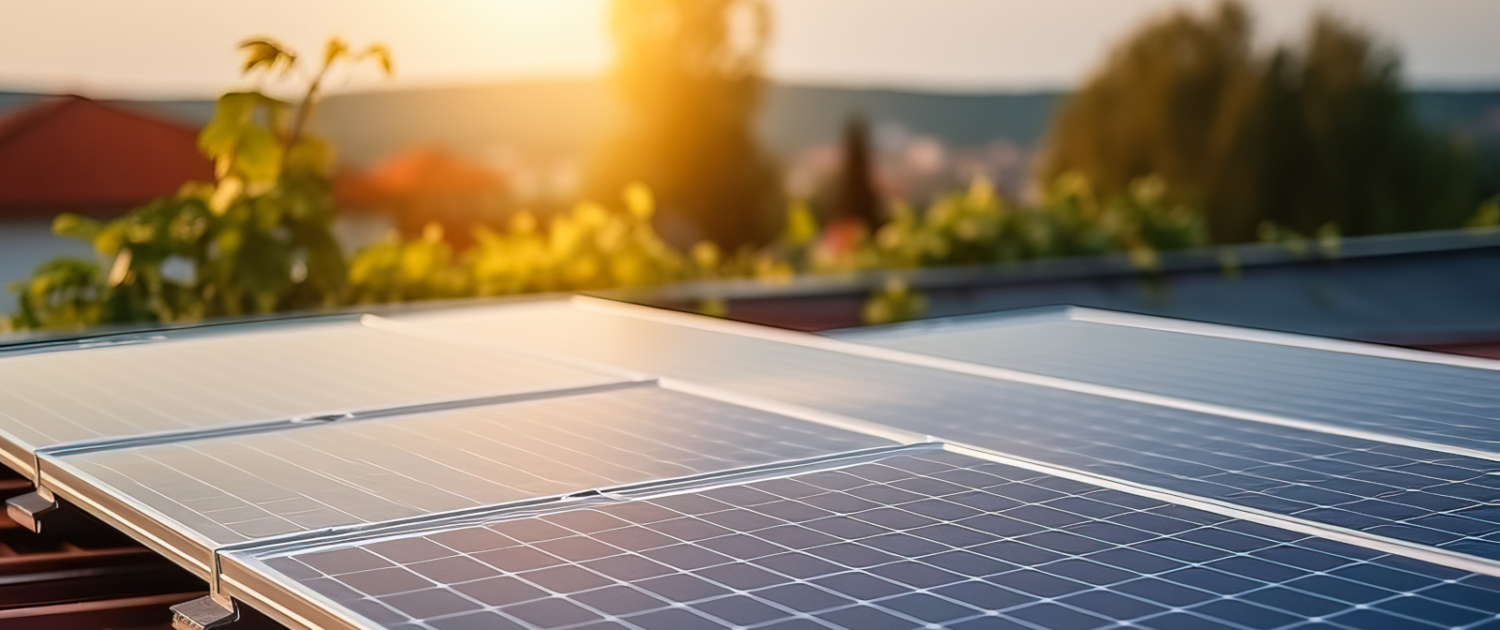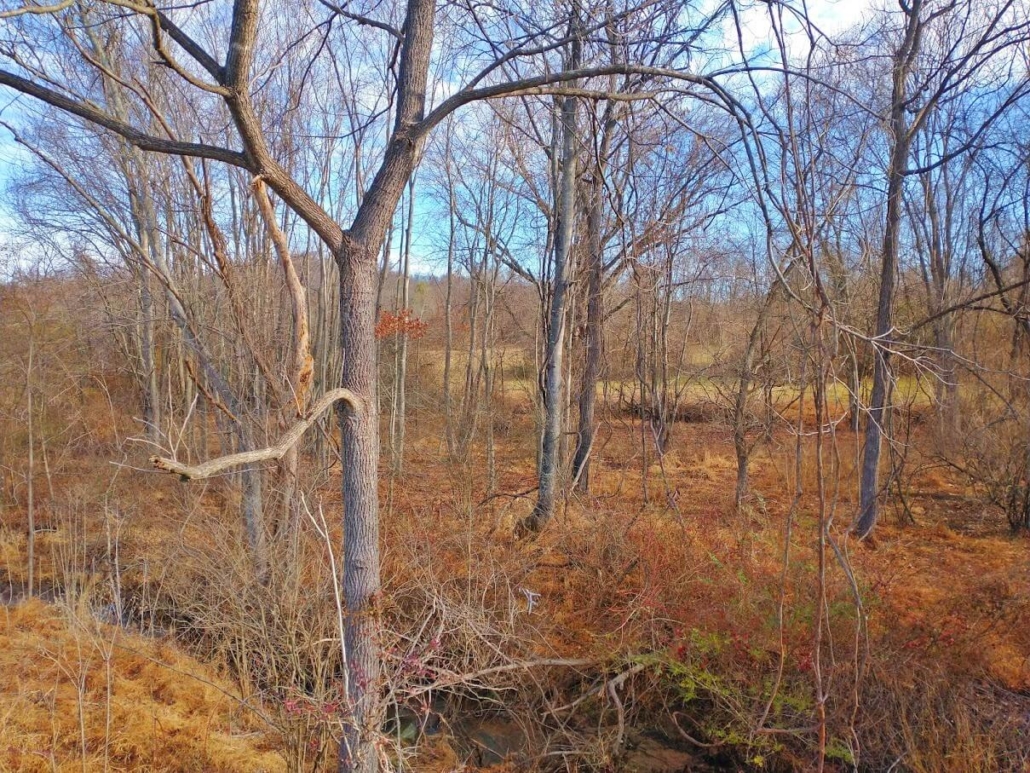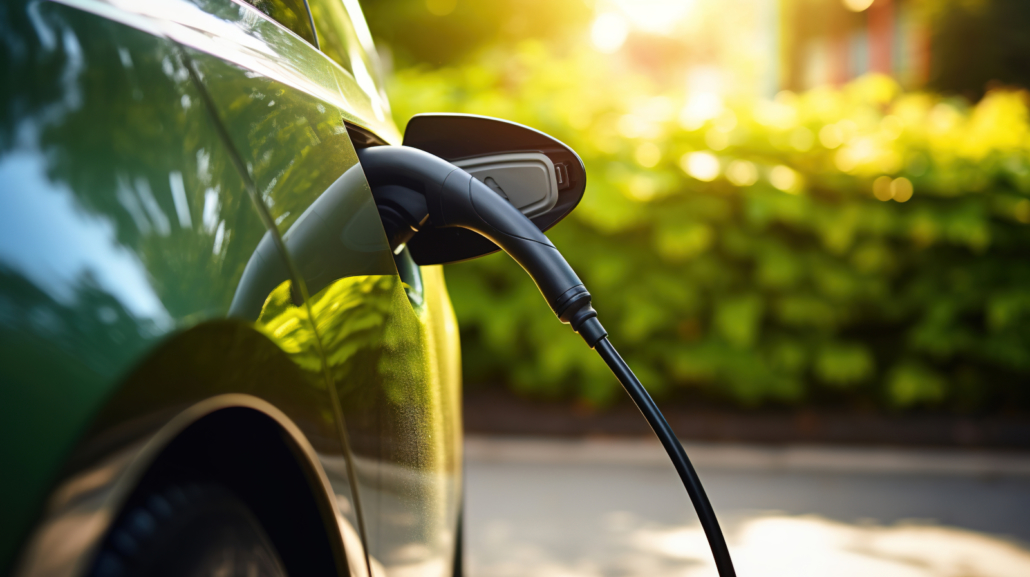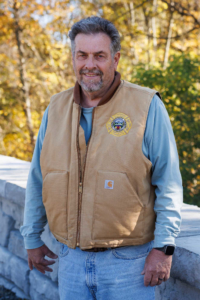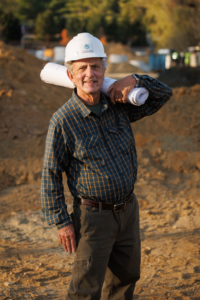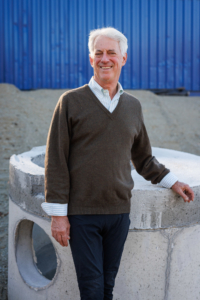Commitment to the Environment and Sustainability
Making the environment our top priority is essential. Our commitment goes beyond responsibility; it’s a pledge to preserve and enhance our planet for future generations. At Rush River Commons, we’re leading by example.
We’ve embraced a comprehensive stormwater management plan and are dedicated to reviving the site’s wetlands, streambanks, and forests. Our efforts include managing water runoff quantity and water quality, controlling erosion and sediment, and restoring the woodlands.
Beyond preservation, we aim to positively impact our surroundings. Plans for pedestrian paths will provide easy access and opportunities enjoy and learn about native habitat.
Through these initiatives, Rush River Commons is not just a project but a testament to our dedication to environmental health and sustainability.
We’re also committed to minimizing light pollution by minimizing the number of exterior lighting fixtures at the project.
We have worked closely with the Rappahannock League for Environmental Protection’s Dark Skies Committee to have lighting that meets the Dark Sky Friendly standards set by Dark Sky International.
